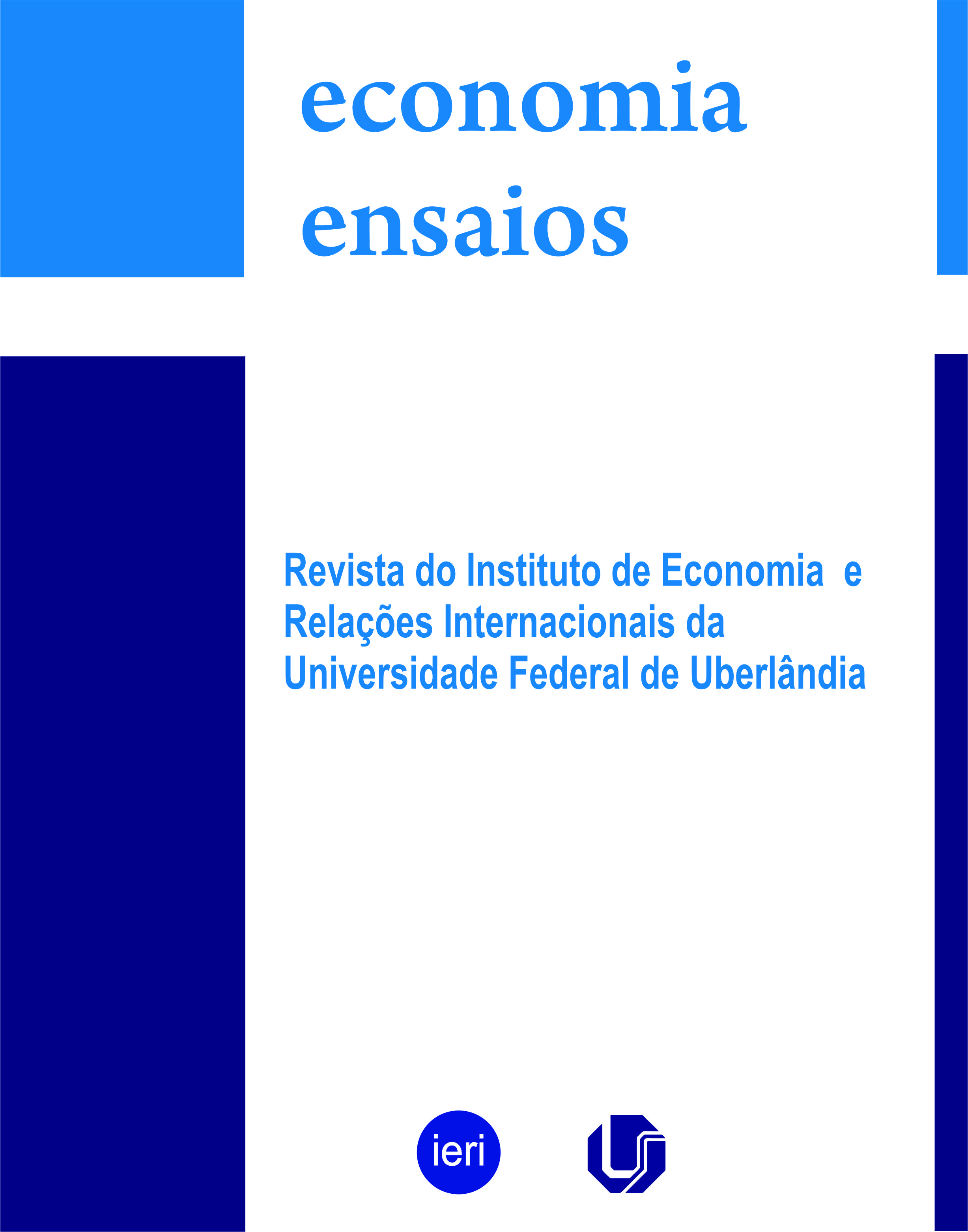Exchange rate variation and non-linear effect on exports: A sectoral analysis by Technological Intensity
DOI:
https://doi.org/10.14393/REE-v39n1a2024-68264Keywords:
Exports, Exchange rate, Technological Intensity, Asymmetries, NARDLAbstract
This paper aims to assess the asymmetric effect of these exchange rate variations on Brazilian sector exports to the United States, from 1999 to 2020. We assess these impacts by observing the technological intensity of the sectors analyzed. This study has applied the Non-linear Autoregressive Distributed Lag (NARDL) model to 700 sectors of the Brazilian economy. The results show that there was a long-term relationship between exports from certain sectors, foreign income, and the exchange rate. Furthermore, we observe that exchange rate variations have an asymmetric effect on exports, which can be positive or negative, depending on the sector.
Downloads
Downloads
Published
How to Cite
Issue
Section
License
Copyright on any open access article published by “Revista Economia Ensaios” is retained by the author(s). Authors grant “Revista Economia Ensaios” the right to first publish the article, and also grant any third party the right to use the article freely, in educational and non-commercial applications, so long as its integrity is kept and authors and citation details are identified.


